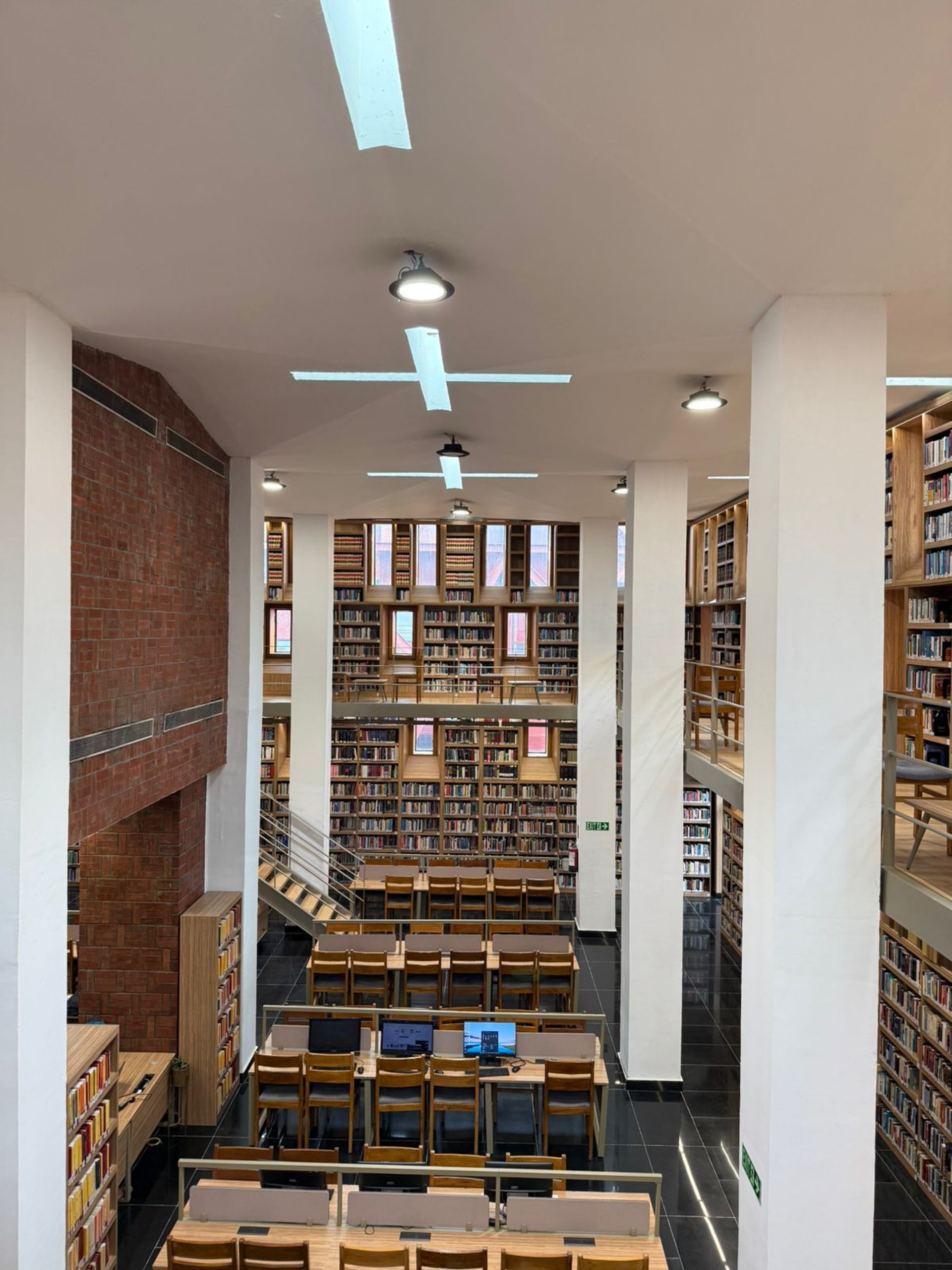
Research project
A Systematic Review of Barriers to Mental Health Help-Seeking Among Indian Youth
Area: Policy, Research & Systems Advocacy
Stage: In Progress (2025)
Initiated by: Reform for India’s Mental Health Advocacy
In India, one of the world’s youngest populations is also among its most underserved in mental health access. While the visibility of youth mental health crises has grown, actual help-seeking remains staggeringly low. This project asks: What stands in the way, not in theory, but in the structural, social, and psychological realities of youth in India today? It is a systems analysis, delivered through a rigorously structured review of existing research. The aim is to extract more than patterns to surface the frictions, silences, and blind spots that prevent care-seeking from becoming a lived option for young people across India.
Approach: Using the methodology of a systematic review, the project critically analyzes the last two decades of Indian and global research on youth mental health help-seeking. Studies are examined across variables of gender, caste, geography, schooling, socioeconomic status, and digital exposure as intersecting systems of access and exclusion. Where most reviews stop at “what the literature says,” this work advances a new question: Why hasn’t all this knowledge moved the system?
Strategic Focus Areas
Structural barriers: cost, availability, geography, institutional design failure
Social barriers: stigma, family silence, community norms
Psychological barriers: learned mistrust, internalized unworthiness, identity suppression
Systemic absence: absence of youth-centered infrastructure in public mental health
What sets this research apart?
Most studies document individual hesitation. This review reframes the question to reveal system-level absences that have gone unaddressed for over two decades. It shows how knowledge has accumulated, but not translated and it identifies why.
What distinguishes this work is not its scope, but its use:
It treats existing literature as a mirror to institutional neglect, not just an archive of problems.
It asks not only what prevents help-seeking, but why systemic correction has failed despite decades of evidence.
It builds a framework that connects academic insight with operational leverage for policymakers, school systems, and youth-facing institutions.
Unlike prior reviews, this one doesn’t stop at patterns. It pressurizes the evidence, asking: Where is this knowledge stuck? Who has failed to act? What systems need to be reimagined for help-seeking to be possible, not exceptional?
Outputs (2025):
Peer-reviewed research paper with institutional and policy distribution strategy
Actionable toolkit for schools, NGOs, and local government actors
Public communication brief to shift narratives around youth and help-seeking
This is not a gap in awareness. It is a failure of access, trust, and design and this review is RIHA’s first step toward structural correction.